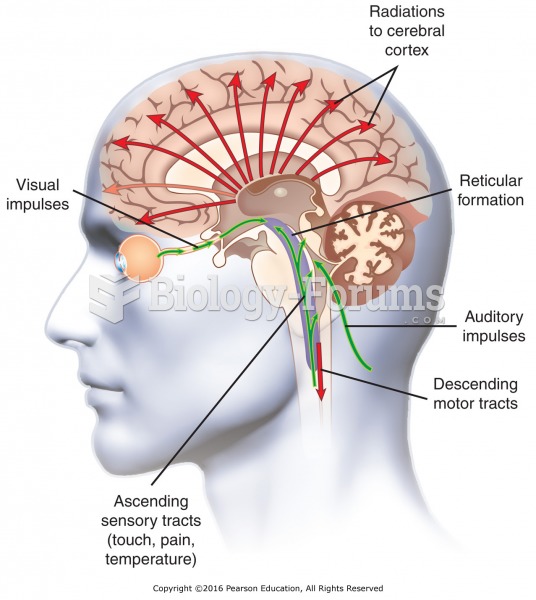|
|
|
Though methadone is often used to treat dependency on other opioids, the drug itself can be abused. Crushing or snorting methadone can achieve the opiate "rush" desired by addicts. Improper use such as these can lead to a dangerous dependency on methadone. This drug now accounts for nearly one-third of opioid-related deaths.
Medication errors are three times higher among children and infants than with adults.
According to the CDC, approximately 31.7% of the U.S. population has high low-density lipoprotein (LDL) or "bad cholesterol" levels.
People with high total cholesterol have about two times the risk for heart disease as people with ideal levels.
The word drug comes from the Dutch word droog (meaning "dry"). For centuries, most drugs came from dried plants, hence the name.
 (a) Feeding by bear on salmon results in large allochthonous inputs of nutrients into (b) the forest
(a) Feeding by bear on salmon results in large allochthonous inputs of nutrients into (b) the forest
 With input from sensory neurons, activation of the reticular activating system causes arousal of the ...
With input from sensory neurons, activation of the reticular activating system causes arousal of the ...
 Terminals 85 and 86 represent the coil inside the relay. Terminal 30 is the power terminal, 87a is ...
Terminals 85 and 86 represent the coil inside the relay. Terminal 30 is the power terminal, 87a is ...




